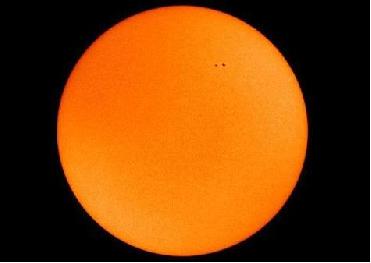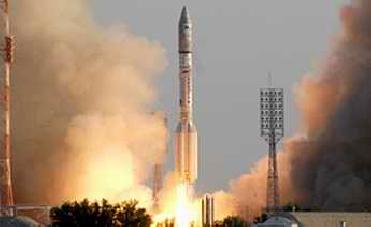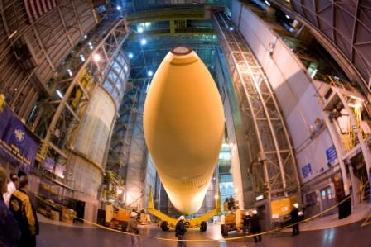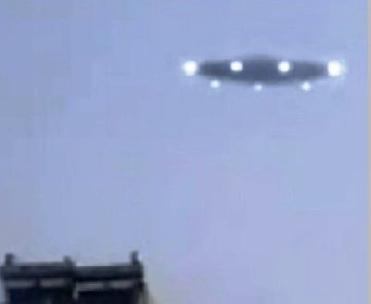
New-cycle sunspot group 1007 emerges on Halloween and marches across the face of the sun over a four-day period in early November 2008. Credit: the Solar and Heliospheric Observatory (SOHO).
WASHINGTON (BNS): News is trickling in that the Sun is finally showing signs of life. All this is happening after more than two years of a few sunspots, even fewer solar flares and a generally eerie calm.
"I think solar minimum is behind us," said sunspot forecaster David Hathaway of the NASA Marshall Space Flight Center, after looking at an October flurry of sunspots.
Putting through his assumption Hathaway said: "Last month, we counted five sunspot groups. That may not sound like much, but in a year with record-low numbers of sunspots and long stretches of utter spotlessness, five is significant. This represents a real increase in solar activity."
The NASA sunspot forecaster said even more significant is the fact that four of the five sunspot groups belonged to Solar Cycle 24, the long-awaited next installment of the Sun's 11-year solar cycle. "October was the first time we've seen sunspots from new Solar Cycle 24 outnumbering spots from old Solar Cycle 23. It's a good sign that the new cycle is taking off."
Meanwhile, NASA said the Old Solar Cycle 23 peaked in 2000 and has since decayed to low levels. The new Solar Cycle 24 has struggled to get started. The present 2008 is a year of overlap with both cycles weakly active at the same time. From January to September, the Sun produced a total of 22 sunspot groups; 82 per cent of them belonged to Old Cycle 23. October added five more; but this time 80 per cent belonged to Cycle 24. The tables have turned, NASA said.
The premier scientific body said at a first glance, old- and new-cycle sunspots look the same, but they are not. To tell the difference, solar physicists check two things: a sunspot's heliographic latitude and its magnetic polarity. (1) New-cycle sunspots always appear at high latitude, while old-cycle spots cluster around the Sun's equator. (2) The magnetic polarity of new-cycle spots is reversed compared to old-cycle spots. Four of October�s five sunspot groups satisfied these two criteria for membership in Solar Cycle 24, NASA said.
The biggest of the new-cycle spots emerged at the end of the month on Halloween. Numbered 1007, or "double-oh seven" for short, the sunspot had two dark cores each wider than Earth connected by active magnetic filaments thousands of kilometers long. It is said that on November 3 and 4, double-oh seven unleashed a series of B-class solar flares. Although B-flares are considered minor, the explosions were felt on Earth.
NASA said X-rays bathed the dayside of our planet and sent waves of ionisation rippling through the atmosphere over Europe. Hams monitoring VLF radio beacons noticed strange 'fades' and 'surges' caused by the sudden ionospheric disturbances.
Summing all this up, Hathaway said, "We're still years away from solar maximum and, in the meantime, the Sun is going to have some more quiet stretches." Even with its flurry of sunspots, the October Sun was mostly blank, with zero sunspots on 20 of the month's 31 days.
 Previous Article
Previous Article













The Indian Air Force, in its flight trials evaluation report submitted before the Defence Ministry l..
view articleAn insight into the Medium Multi-Role Combat Aircraft competition...
view articleSky enthusiasts can now spot the International Space Station (ISS) commanded by Indian-American astr..
view article